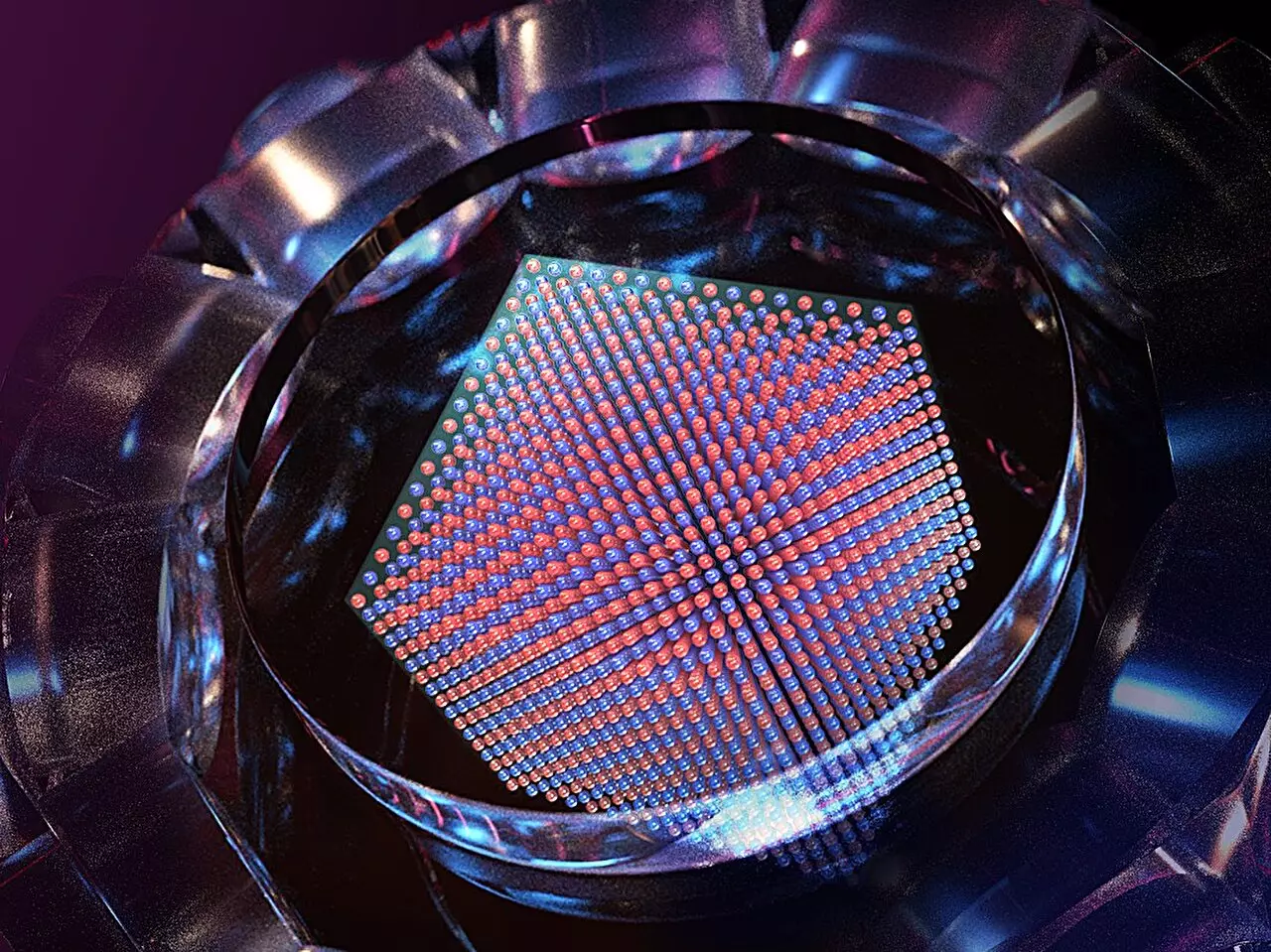Quantum simulation has been a hot topic in the field of physics, with researchers exploring its potential to unravel complex quantum phenomena. A recent study published in Nature sheds light on the antiferromagnetic phase transition within a large-scale quantum simulator of the fermionic Hubbard model (FHM). Led by a team from the University of Science and Technology of China, this research marks a significant milestone in understanding the role of quantum magnetism in high-temperature superconductivity.
The Fermionic Hubbard model serves as a simplified representation of electron behaviors in a lattice, making it a crucial tool for studying strong correlations in quantum materials. However, this model presents challenges for researchers due to the lack of an exact analytical solution in two and three dimensions. Even with advanced numerical methods, exploring the vast parameter spaces of the FHM remains a daunting task. Theoretical studies suggest that even a universal digital quantum computer may struggle to accurately solve this complex model.
Quantum simulation emerges as a promising approach to tackle the complexities of the FHM. By employing ultracold fermionic atoms in optical lattices, researchers aim to map out the low-temperature phase diagram of this model. Realizing the antiferromagnetic phase transition and reaching the ground state of the FHM at half-filling are crucial steps in this process. Quantum simulation offers the advantage of establishing large-scale, spatially homogeneous optical lattices with uniform Hubbard parameters and maintaining low system temperatures, essential for studying quantum magnetic fluctuations.
Previous quantum simulation experiments faced obstacles in cooling fermionic atoms and addressing inhomogeneities introduced by standard Gaussian-profile lattice lasers. To address these challenges, the research team developed an advanced quantum simulator capable of generating low-temperature homogeneous Fermi gases in a box trap and demonstrating a flat-top optical lattice with uniform site potentials. With approximately 800,000 lattice sites, this quantum simulator represents a significant advancement in the field, allowing for precise tuning of interaction strength, temperature, and doping concentration to observe the antiferromagnetic phase transition.
The results of this study provide conclusive evidence of the antiferromagnetic phase transition in the FHM, with a critical exponent confirming the power-law divergence of spin structure factors. This breakthrough contributes to the understanding of quantum magnetism and lays the foundation for further exploration of the FHM and its low-temperature phase diagram. Notably, the experimental results have already surpassed the capabilities of current classical computing, highlighting the advantages of quantum simulation in addressing complex scientific problems.
The study published in Nature exemplifies the potential of quantum simulation in advancing our understanding of quantum magnetism. By overcoming challenges in studying the Fermionic Hubbard model, researchers have made significant strides towards unlocking the mysteries of high-temperature superconductivity. As quantum simulation technology continues to evolve, we can expect further breakthroughs in unraveling the complexities of quantum materials and phenomena.


Leave a Reply